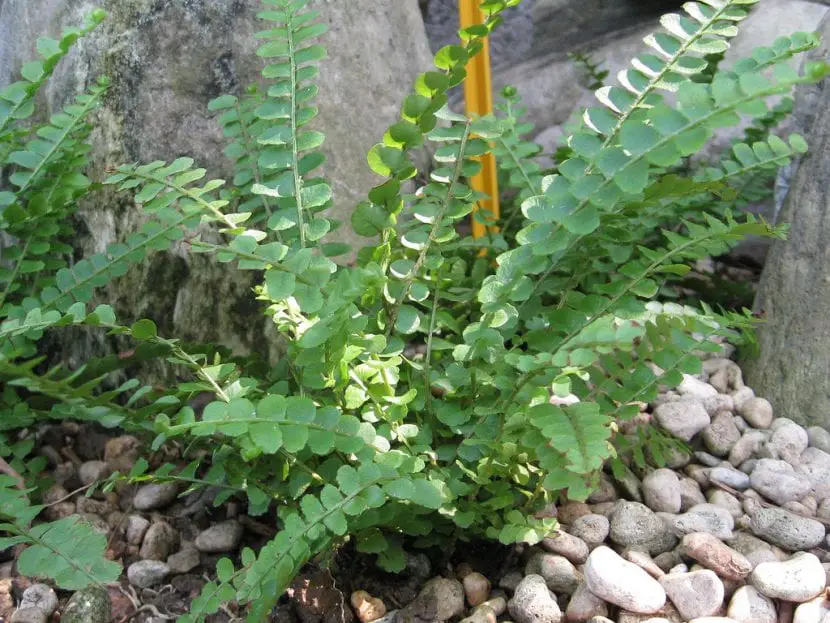
Nephrolepis cordifolia ‘duffii’
Image – Flickr / guzhengman
The nephrolepis They are one of the most popular ferns, both in gardens and terraces and indoors. Its ornamental value is very high, but it should also be noted how easy it is to care for them and keep them healthy.
The growth rate they have is rather fast, but since they do not grow much they are ideal for growing anywhereeither on the ground or in a pot.
Origin and characteristics

nephrolepis high
Image – Wikipedia, the free encyclopedia
Our protagonists are plants belonging to the genus Nephrolepis, which is made up of some 30 species native to the tropical and subtropical regions of the world. They can reach heights between 30cm and one meterwith more or less long and bipinnate leaves, green in color.
The most popular species are:
- Nephrolepis cordifolia: known as serrucho fern, it is a plant native to the tropics of both America and Eurasia. Its leaves or fronds are herbaceous, with petioles 9-18cm long, and it grows up to 40-50cm tall.
- nephrolepis high: known as common fern, curly fern or domestic fern, it is a plant native to tropical regions, where it lives in humid forests. It grows to a maximum height of 40cm.
What are their cares?

Nephrolepis hirsutula
Image – Wikimedia Commons / Tauʻolunga
If you want to have a copy, we advise you to take care of it as follows:
- Location:
- Exterior: in semi-shade, protected from the sea wind and frost.
- Interior: in a bright room, or in an interior patio protected from direct sun.
- Earth:
- Pot: use substrates rich in organic matter, with good drainage. For example, a good mix might be: 60% mulch + 30% perlite + 10% pumice or akadama.
- Garden: plant in fertile, well-drained soil.
- Irrigation: frequent. Water 4 or 5 times in summer, and every 3-5 days the rest of the year.
- Subscriber: in spring and summer it is advisable to fertilize it with a fertilizer for green plants (such as this), or with guano (get it in granules here! and liquid, ideal for pots, here!).
- Multiplication: by spores (difficult) or division of kills in spring.
- Rusticity: It depends on the species, but in general they resist weak frosts down to -3ºC as long as they are punctual and of short duration.
What did you think of the Nephrolepis?

